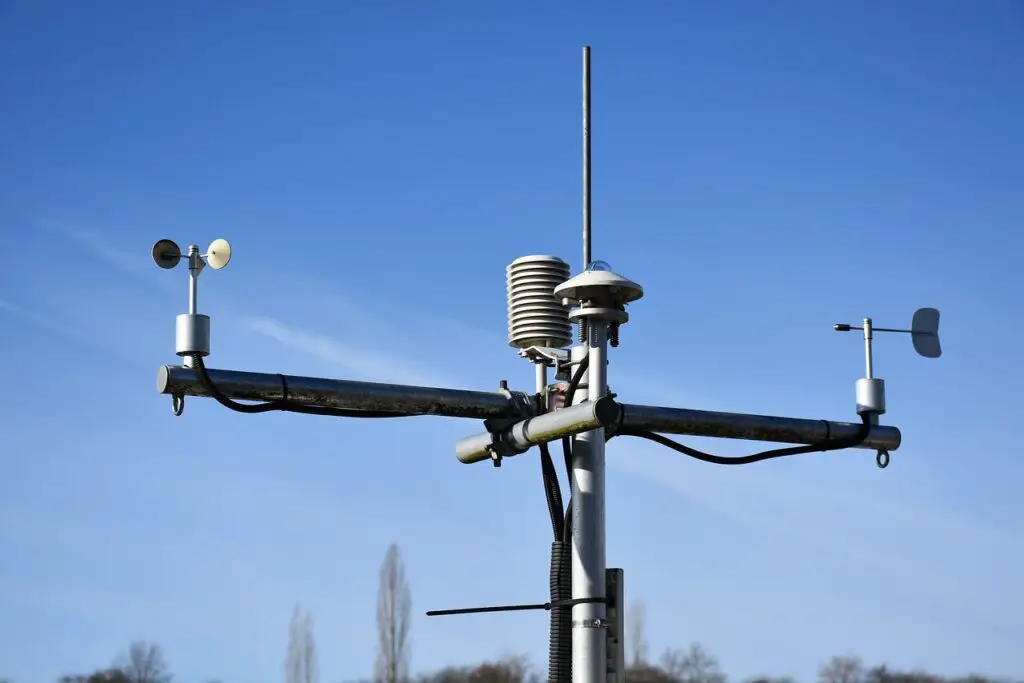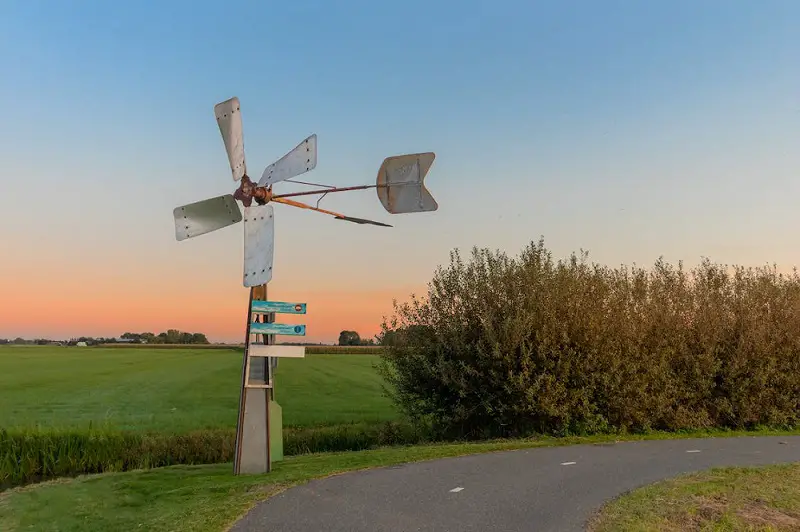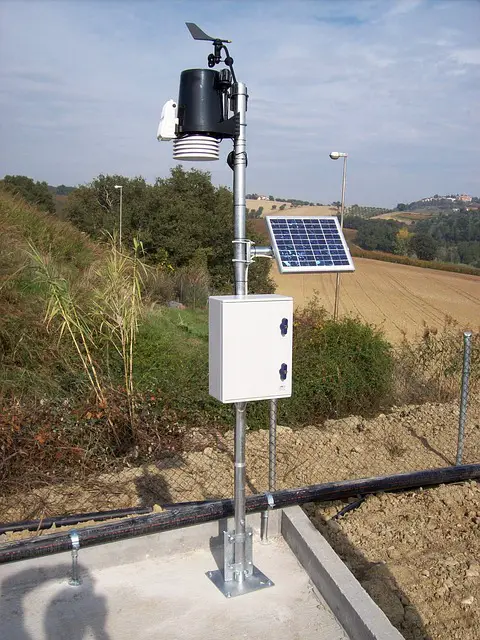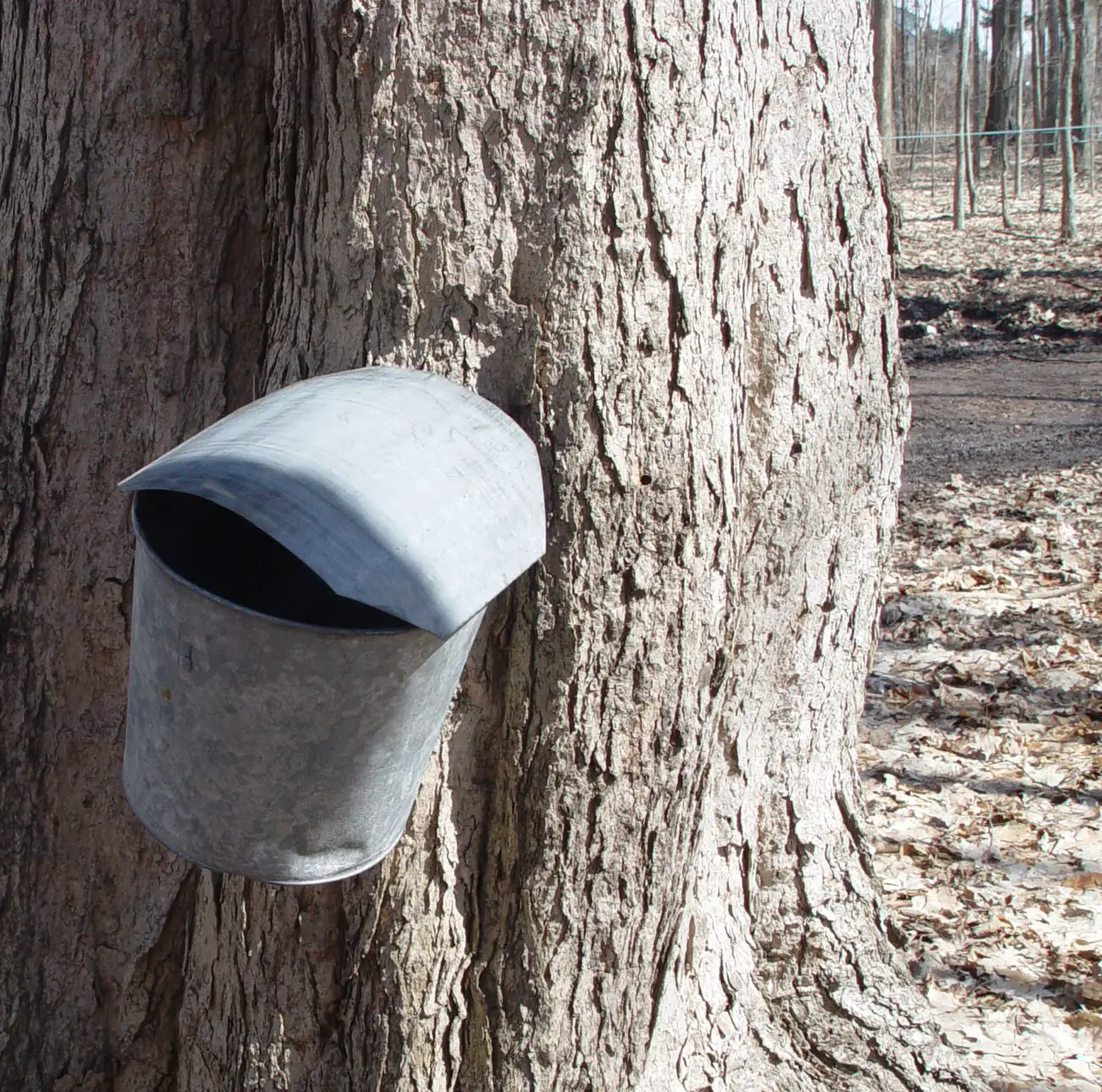The use of an automatic weather station is one of those things that you probably don’t think about very often, but it has a significant impact on your day-to-day life. An automatic weather station can be a vast information provider for your business and personal life. The weather can be a significant factor in whether you should go outside or stay home. It can also be a deciding factor when planning outdoor activities such as hiking, fishing, camping, and gardening. The weather can also influence how much money you make, whether you want to travel, and how much work you have to do.
All About An Automatic Weather Station
1. What is an Automatic Weather Station?

A weather station is a device that is used to collect meteorological data. These devices can be located indoors or outdoors and collect data such as temperature, humidity, barometric pressure, and wind speed. Some weather stations can measure atmospheric conditions at various heights above the surface. Why should I have a Weather Station? The weather is significant to our lives. The weather affects our ability to travel safely and perform everyday tasks. A weather station can help you get a good understanding of the atmosphere around you. You can learn more about the atmosphere by learning what the weather is doing. This will help you to plan your outdoor activities.
2. How Do Weather Stations Work?
Weather stations collect data on temperature, humidity, barometric pressure, and other meteorological factors. This data is then used to produce weather forecasts and advisories. For this to happen, the station must be able to collect the relevant data promptly. If not, the data will be collected later, and a forecast based on the old data will be used. Most weather stations can be operated using a simple dial that allows you to set the desired temperature and/or humidity. However, some units allow you also to collect other information, such as wind speed and direction. In addition, some units can be programmed to collect data at a specific time of day automatically.
The automatic weather station is generally made up of three major components: (i) The sensor, (ii) The data transmission device, and (iii) The display device. The sensor is the component that measures the required parameters like air pressure, humidity, temperature, etc. The data transmission device is the device that transmits the collected data to the display device and also receives the control signals from the display device. The display device is the device that shows the information received by the data transmission device.
2. What Kind of Automatic Weather Stations Are There?
Automatic weather stations are used by the military, the aviation industry, and meteorological services to monitor the weather. They provide accurate information about the weather conditions in a given area at any given time. These stations also help plan flight routes and are very important for safety purposes. An automatic weather station can benefit farmers and other mining industries. These weather stations are designed with an eye on military applications and are known as military weather stations or MWTs. In homes, a small automatic weather station is also helpful in understanding weather parameters.
3. How do Automatic Weather Station can help?
The automatic weather station can help meteorologists to monitor weather conditions more accurately. Data from automated weather stations can improve weather forecasting and monitor climate change. An automatic weather station is critical because it helps meteorologists to monitor climate change. Climate change affects all aspects of life. Meteorologists need to know how climate changes affect people to adapt to them. An automatic weather station can help with this by providing data on the atmosphere, soil moisture, air temperature, and other climate factors.
Automatic weather stations can be used for a variety of applications. The most common uses of automatic weather stations are monitoring and predicting the weather. – To monitor and forecast the rainfall. – To monitor and forecast the weather conditions. – To monitor the temperature, humidity, and atmospheric pressure.
4. How to choose the right Automatic Weather station for you:
There are a few things you’ll want to consider when selecting an automatic weather station: your needs, your budget, your location, and your preferences.
1. Needs. You’ll first want to consider what you need the weather station for. If you need a quick way to check the temperature, humidity, and dew point in the morning, then you probably don’t need anything fancy. If you need a more robust solution that can provide you with the data you need to run your business, or you want to use it as a barometer of how your crops are doing, then you might want to consider something a little more robust.
2. Budget. If you’re looking for something that will be a part of your home or office, you may not be looking at costly solutions. However, if you’re looking for something to monitor a field, you may need to spend a little more on a solution that can handle the conditions you’ll be operating in.
3. Location. There are several places where you could get an automatic weather station, but they will all have different needs based on where they are located. If you’re looking to monitor a greenhouse, you may want to consider a battery backup that will give you power when your house runs out of electricity.
5. The Pros and Cons of Weather Stations
Pros –Provides weather information in real-time -Can be used to predict weather patterns -Can be used to monitor weather conditions
Cons –Can be expensive to maintain -May be difficult to access -Requires a reliable internet connection to transmit data.
Enjoy An Automatic Weather Station You Can Buy Right Now
The images below contain affiliate links. If an item is purchased, we may receive a commission.
This is the 6153 Vantage Pro2 Wireless Weather Station with 24-Hour Fan Aspirated Radiation Shield and LCD Display Console. It features:
- Professional wireless weather station with a versatile sensor suite and weather data updates every 2.5 seconds. Customize by adding more sensors, special-purpose stations, and accessories to meet your needs.
- Measure rainfall, wind speed & direction, temperature, and humidity with a rugged sensor suite. Add optional UV and Solar Radiation sensors.
- Engineered to withstand scorching sun, corrosion, 200 mph winds, temperature extremes, and much more.
- Combines passive shielding with a solar-powered fan that draws outside air in over the sensors.
- INCLUDES Wireless integrated sensor suite with mounting hardware, console with backlit LCD screen (mounting pole/tripod not included).
Final Thoughts Of An Automatic Weather Station
In conclusion, you can use a weather station to predict the weather in your area. The best weather stations are those that have a range of sensors and data collection tools so that you can gather data on many different aspects of your local climate. Some weather stations can be connected to the internet so that you can monitor the weather online. You can also buy a weather station with a built-in display screen to see the weather in real-time.




